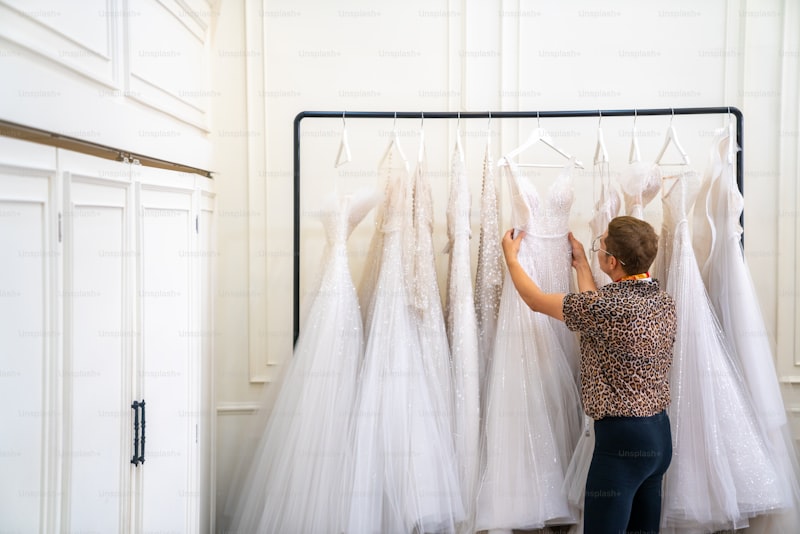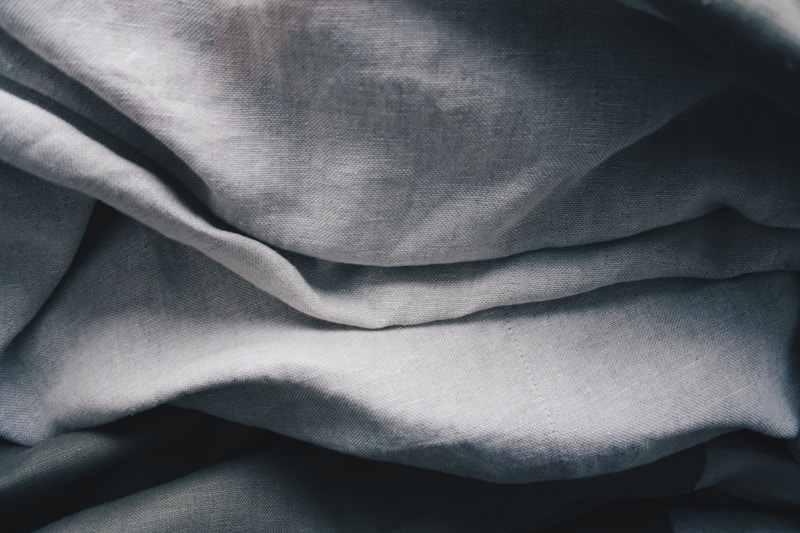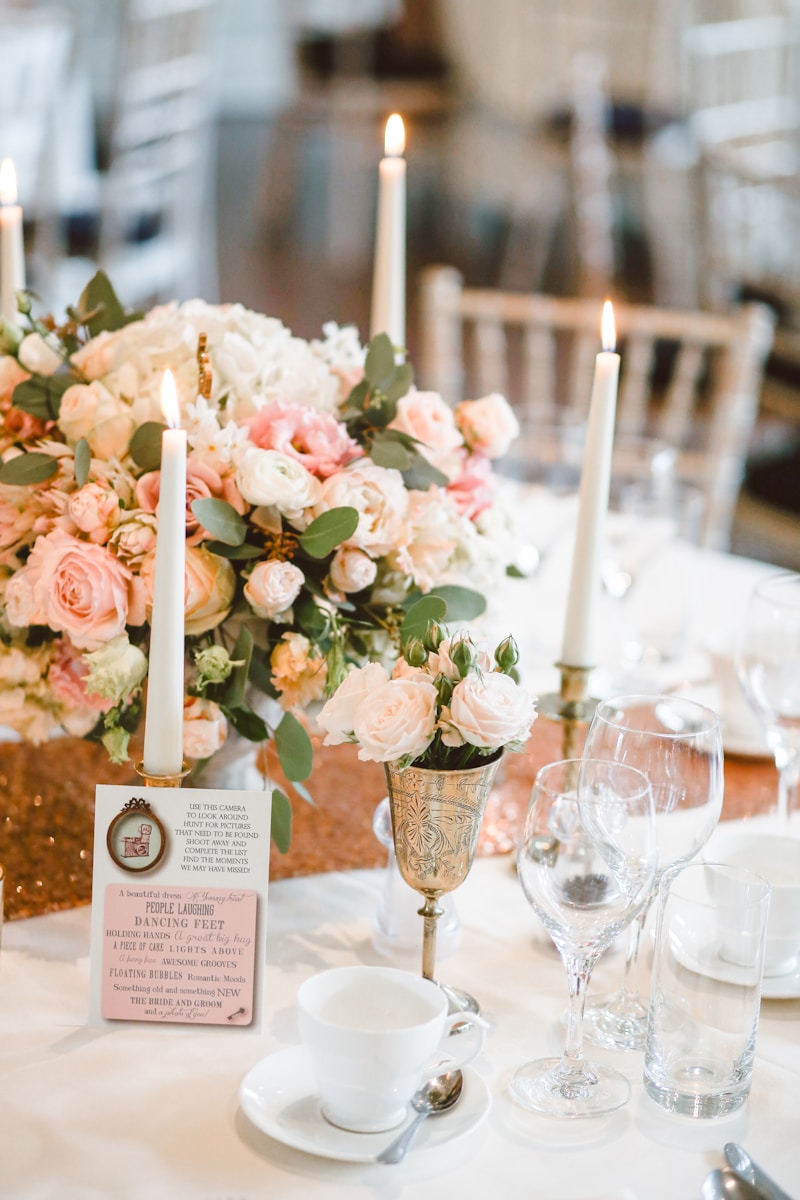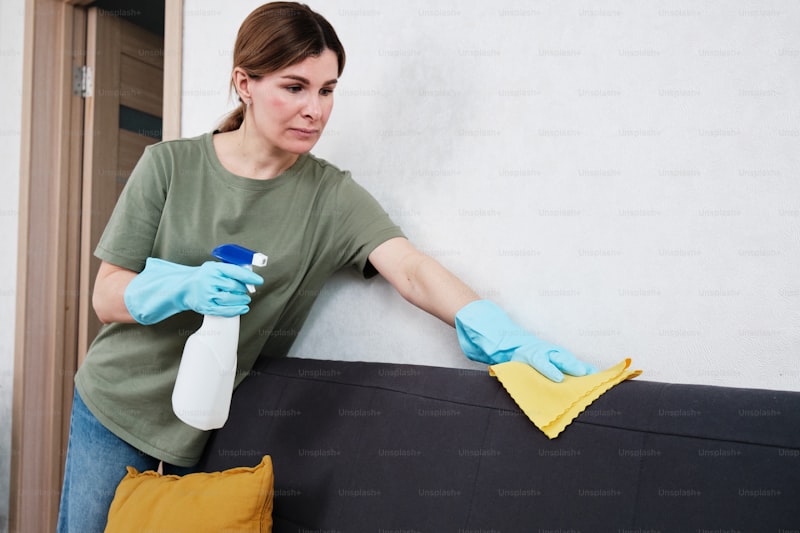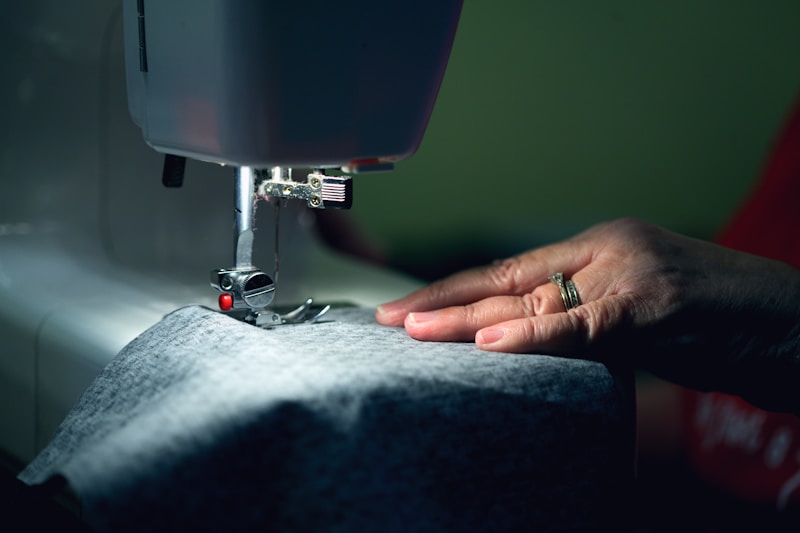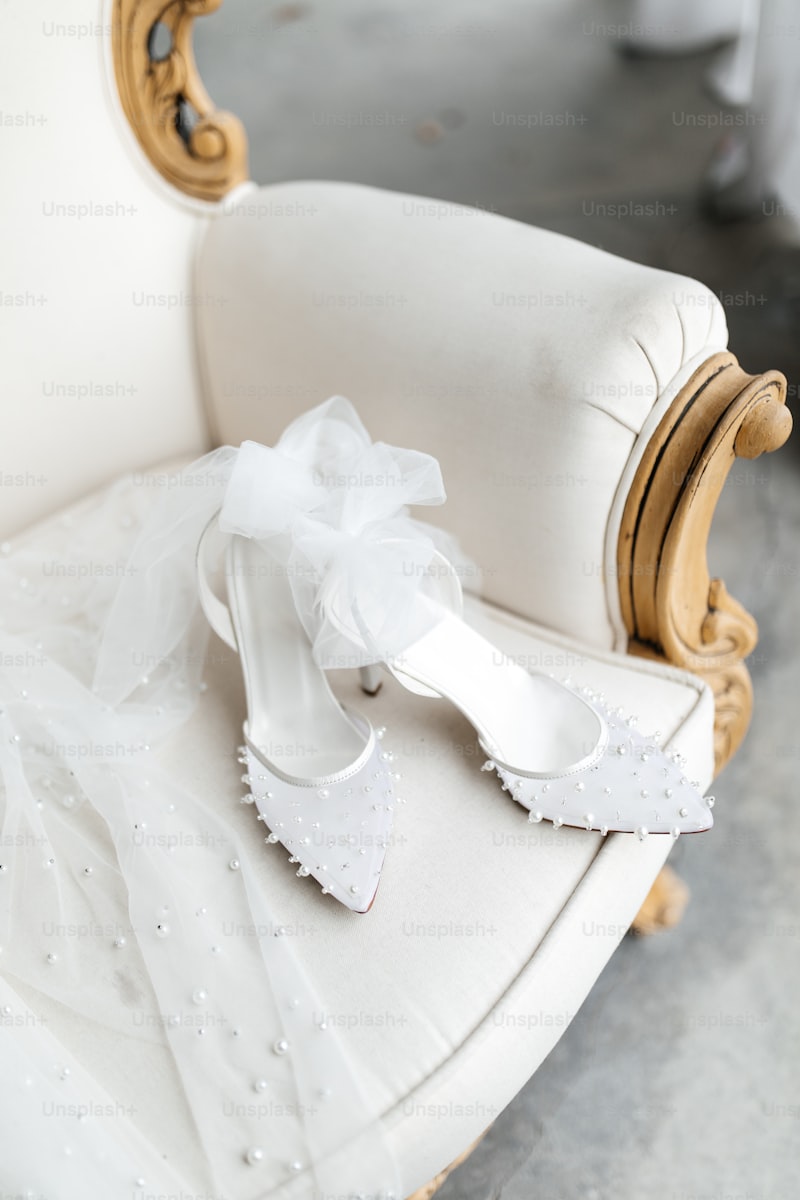Essential Tips for Wedding Dress Maintenance
Preserving the Beauty of Your Wedding DressYour wedding dress is not just a garment; it's a symbol of love, commitment, and unforgettable moments. Ensuring that your dress remains in pristine condition for years to come takes careful maintenance and attention. In this article, we will explore essential tips for wedding dress maintenance, covering everything from storage techniques to cleaning methods.Why Wedding Dress Maintenance is ImportantWedding dresses can be delicate, often made from fine fabrics such as silk, tulle, and lace. Without proper care, these materials can degrade, become discolored, or even suffer irreversible damage. Here are several reasons why maintaining your wedding dress is crucial: Sentimental Value: Your wedding dress is filled with memories of one of the most important days of your life. Keeping it in excellent condition allows you to cherish those memories. Future Generations: Many brides choose to pass their wedding dresses down to their daughters or other family members. Proper maintenance ensures it remains a treasure for future generations. Resale Value: If you consider selling your dress in the future, good condition can significantly increase its resale value.Essential Maintenance Tips1. Cleaning Right After the WeddingOne of the most critical tips for wedding dress maintenance is getting your dress cleaned shortly after your wedding. Stains from food, drinks, or even the environment can set and become challenging to remove if left u...
Essential Cleaning Methods for Delicate Fabrics: A Comprehensive Guide
When it comes to caring for delicate fabrics, the right cleaning methods can make all the difference in preserving their beauty and longevity. Whether you own silk dresses, cashmere sweaters, or lace tablecloths, understanding how to clean these materials properly is essential. This article delves into the best cleaning methods for delicate fabrics, ensuring your favorite pieces remain in pristine condition while answering some common related questions.Understanding Delicate FabricsDelicate fabrics, such as silk, chiffon, lace, and cashmere, require special care due to their intricate weaves and lightweight constructions. Unlike durable materials, these fabrics can be easily damaged by standard washing techniques or harsh chemicals. Here are some reasons why understanding cleaning methods for delicate fabrics is crucial: Preservation of Fabric Integrity: Proper cleaning can help maintain the texture and color quality. Prevention of Damage: Using the wrong method can lead to shrinkage, tearing, or fading. Longevity: Correct cleaning practices can prolong the life of luxury items.Common Delicate FabricsFabric TypeCharacteristicsCommon UsesSilkSmooth, lustrous, and lightweightDresses, blouses, tiesChiffonSheer, airy, and slightly crinkledEvening gowns, scarvesLaceIntricate, open weaveTablecloths, bridal wearCashmereSoft, warm, and luxuriousSweaters, wrapsBest Cleaning Methods for Delicate FabricsCleaning delicate fabrics can be daunting, but with the right methods, you ...
Preserving Your Gown for Future Generations: A Comprehensive Guide
Introduction to Gown PreservationYour gown, whether it be a wedding dress, prom dress, or heirloom garment, carries immense sentimental value. As time passes, the risk of wear and tear increases, making it essential to think about preserving your gown for future generations. This guide will explore the various methods and tips to keep your cherished fabric in pristine condition.The Importance of Gown PreservationGowns are not just garments; they are memories encapsulated in fabric. Preserving them ensures that future generations can experience the beauty and nostalgia associated with these dresses. By protecting your gown, you also sustain family traditions and stories that bind generations together. Here are some benefits of gown preservation: Sentimental Value: Keeps the memories alive. Aesthetic Appeal: Maintains the beauty of the garment. Financial Investment: Protects the value of the dress as an asset.Factors That Affect Gown LongevityUnderstanding the factors that can age or damage your gown is crucial. Here are the main elements:FactorImpactLight ExposureFades fabric color and weakens fibers.HumidityEncourages mold growth and fabric damage.PestsCan chew through delicate materials.Improper CleaningCan lead to irreversible staining and wear.Steps for Preserving Your GownTo ensure that your gown remains in excellent condition, follow these essential steps:1. Cleaning Your GownBefore storing, it’s vital to have your gown cleaned properly. Avoid home cleaning meth...
Storing Your Dress: Best Practices for Long-Lasting Preservation
When it comes to truly cherished garments, such as wedding dresses or vintage pieces, knowing the best practices for storing your dress can ensure that it remains in pristine condition for years to come. Whether you're dealing with delicate fabrics or ensuring seasonal clothing stays fresh, understanding how to properly store your dress is essential.Understanding the Importance of Proper Dress StorageThe way you store your dress can significantly affect its condition over time. Improper storage can lead to damage from light, humidity, and pests, which can cause irreversible harm to your favorite pieces. This article will guide you through the best practices for storing your dress, ensuring it retains its beauty.Choosing the Right LocationThe first step in storing your dress is selecting the appropriate space. A few key factors to consider include: Temperature Control: It’s best to choose a location with a stable temperature. Extreme temperatures can lead to fabric degradation. Humidity Levels: Aim for a low-humidity area to prevent mold and mildew growth. Light Exposure: Keep your dress away from direct sunlight to avoid fading and discoloration.Recommended Storage Locations Location Description Closet A dark, temperature-controlled closet is ideal for most types of dresses. Storage Box Using a breathable storage box can provide protection from pests and dust. Bags A cotton garment bag can protect delicate fabrics from dust while allowing airf...
The Importance of Professional Wedding Dress Cleaning: Preserving Your Cherished Memories
Why Professional Wedding Dress Cleaning MattersYour wedding dress is not just a piece of clothing; it is a symbol of love, commitment, and one of the most memorable days of your life. After the wedding day, many brides find themselves wondering about the best way to care for their stunning dress. This is where professional wedding dress cleaning comes into play. In this article, we will explore the essential reasons why opting for professional services is crucial for preserving your wedding gown.Understanding Wedding Dress FabricsWedding dresses come in various fabrics, each requiring different care techniques. From delicate lace to luxurious silk and satin, it’s important to understand how they react to stains and cleaning methods. Here are some common fabrics and their care guidelines:Fabric TypeCare TipsLaceDry clean only; avoid water to prevent stretching.SilkGentle dry cleaning is recommended to prevent discoloration.SatinProfessional cleaning is essential to maintain its sheen.TulleCan be washed with care at home but best left to experts.The Risks of DIY CleaningMany brides consider washing their wedding dress at home to save money. However, DIY cleaning can lead to irreversible damage. Here are several risks associated with at-home cleaning:Stains: Not all stains are the same, and some may require special treatment. Improper washing can set stains, making them impossible to remove.Water Damage: Excessive water can ruin the fabric, causing it to lose shape or color.Wron...
Post-Wedding Dress Care for Longevity: Preserving Your Special Memories
IntroductionYour wedding dress is more than just a garment; it's a symbol of love, joy, and cherished moments. After the big day, many brides wonder how to care for their wedding dress to ensure its longevity. This article will guide you through essential tips and best practices for post-wedding dress care for longevity, allowing you to preserve the beauty of your dress for years to come.Why is Post-Wedding Dress Care Important?Caring for your wedding dress post-event is crucial for several reasons. Firstly, your dress has likely been exposed to elements that can cause damage, such as perspiration, makeup, and even food stains. Secondly, proper care ensures that your dress maintains its structure and beauty, ready to be cherished or showcased on special occasions or passed down through generations. Finally, a well-preserved wedding dress can increase in value over time, making it not only a sentimental piece but also a potential heirloom.Common Concerns About Wedding Dress PreservationBrides often have several questions regarding the care of their wedding dresses. Here are a few common concerns: How soon should I clean my wedding dress? What is the best cleaning method for different fabrics? Should I consider professional preservation? How can I store my wedding dress safely?Steps for Proper Post-Wedding Dress CareFollow these essential steps for effective post-wedding dress care:1. Clean Your Dress PromptlyAfter the wedding, it's crucial to clean your dress as so...
Common Mistakes in Dress Storage: How to Keep Your Wardrobe in Top Shape
Understanding Proper Dress StorageWe all love our dresses, whether they are elegant evening gowns, casual summer dresses, or business attire. Proper dress storage is crucial to maintain their shape, color, and fabric integrity. However, many of us make common mistakes that can lead to irreversible damage. In this article, we will explore these common mistakes in dress storage and provide valuable tips to ensure your wardrobe stays in excellent condition.Why Dress Storage MattersAppropriate storage methods can significantly extend the lifespan of your dresses. When dresses are improperly stored, they can suffer from stains, wrinkles, and even mold growth. For those investing in luxury dresses, the need for proper storage becomes even more critical. In this section, let’s look at some common dress storage issues:Common MistakesConsequencesUsing Plastic CoversTrapped moisture leading to mildewHanging on Thin HangersLoss of shape and stress on seamsIgnoring Fabric CompositionFabric damage or fadingStoring in Damp AreasMold and odorsNot Cleaning Before StorageStains becoming permanentCommon Mistakes in Dress Storage1. Using Plastic CoversWhile it may seem like a good idea to store your dresses in plastic covers, they can trap moisture and humidity, which may lead to mildew. Instead, opt for breathable cotton garment bags that allow the fabric to breathe, ensuring that your dresses stay fresh and protected.2. Hanging on Thin HangersUsing thin wire hangers can cause your dresses to ...
Identifying Stains and Their Treatments: A Comprehensive Guide to Restoration
Stains are an inevitable part of our daily lives, affecting our clothes, furniture, and carpets. While some stains can be easily removed, others may require in-depth knowledge of their origins and appropriate treatments. This article aims to provide an extensive overview of identifying various stains and their respective treatments, ensuring you can handle the most stubborn marks with confidence.Understanding Different Types of StainsStains can be broadly categorized into two main types: organic and inorganic. Organic stains originate from natural substances, while inorganic stains are usually caused by chemicals or synthetic materials. Understanding the source of a stain is crucial in determining the proper treatment method.Type of StainSourceCommon ExamplesTreatment MethodOrganicNatural substancesFood, beverages, bodily fluidsWater, soap, specialized cleanersInorganicChemicals/syntheticsInk, paint, bleachSolvents, specific chemical removersCommon Stains and How to Identify ThemIdentification is the first step toward effective treatment. Below are some common stains and key indicators that can help determine their nature.1. Food StainsFood stains come in various forms and can often be identified by their color and texture. For instance, tomato sauce typically leaves a bright red mark, while chocolate may leave a dark brown smear. The treatment usually involves:Blotting the stain gently with a cloth.Applying cold water to prevent the stain from setting.Using a mixture of liqu...
Understanding the Role of Fabric Protectants: A Comprehensive Guide
Understanding the Role of Fabric ProtectantsIn today's world of advanced materials and fabric care products, understanding the role of fabric protectants has become essential for both consumers and professionals in the textile industry. From enhancing durability to offering stain resistance, fabric protectants play a crucial role in maintaining the appearance and longevity of various textiles. In this article, we will delve deep into what fabric protectants are, their benefits, and essential considerations when choosing the right product for your needs.What Are Fabric Protectants?Fabric protectants are specialized treatments applied to textiles to enhance their resistance to dirt, stains, and water. These treatments create a protective barrier on the surface of the fabric, repelling substances that could cause damage or discoloration. Typically, fabric protectants come in spray or liquid form and can be used on a variety of materials, including upholstery, clothing, and carpets.How Do Fabric Protectants Work?Fabric protectants work by altering the physical properties of the fibers in the fabric. Most commonly, they utilize a chemistry that allows the treated surface to resist absorbing liquids and repel oily stains. This ensures that spills can be wiped away easily and that everyday wear and dirt do not penetrate the fibers. The application process can vary, but it generally involves spraying or soaking the fabric with the protectant and allowing it to dry completely.Benefits...
Exploring Sustainable Wedding Dress Care Options for Eco-Conscious Brides
The Importance of Sustainable Wedding Dress Care Weddings are joyous occasions, but they often come with significant environmental impacts, especially when it comes to the wedding dress. Many brides are moving towards sustainability, not just in their choice of dress, but also in how they care for it after the big day. In this article, we will explore various sustainable wedding dress care options that can align with eco-conscious values, ensuring that your dress remains beautiful while minimizing its carbon footprint. Understanding the Impact of Traditional Wedding Dress Care Traditionally, wedding dresses are often subject to heavy usage of chemicals and synthetic processes for cleaning and preservation. Standard dry cleaning involves using toxic solvents like perchloroethylene, which not only pose health risks but also contribute to environmental pollution. As more brides search for alternatives, it's critical to understand the importance of sustainable practices. This transition to eco-friendly methods can significantly reduce harmful emissions and overall waste. Why Opt for Sustainable Wedding Dress Care? The shift toward sustainable wedding dress care is motivated by a variety of factors: Environmental Responsibility: Sustainable practices help to minimize the carbon footprint associated with wedding attire. Health Benefits: Eco-friendly cleaning methods are less harmful to both brides and the workers who handle these chemicals. Longevity: Proper sustainabl...
The Art of Steaming vs. Ironing Wedding Dresses: Which Method is Best?
IntroductionWhen it comes to preparing a wedding dress for the big day, ensuring it looks flawless is paramount. A bride wants to glide down the aisle in a dress that is as pristine and radiant as she feels. Two common methods used to achieve this perfect look are steaming and ironing. Each technique has its own merits and drawbacks, leading to a debate: which method is best for wedding dresses? In this article, we will explore the art of steaming vs. ironing wedding dresses to help brides make informed choices.Understanding the MaterialsBefore we dive into the techniques, it's essential to understand that wedding dresses are made from various fabrics, including satin, chiffon, lace, and tulle. Each fabric responds differently to heat and humidity, making it crucial to choose the right method based on the dress's material. For instance, delicate fabrics like lace may be prone to scorching if ironed directly, while sturdy fabrics like satin can typically withstand a bit more heat.What is Steaming?Steaming is a gentle way to remove wrinkles and refresh fabrics. This method involves using steam from a handheld or standing steamer to loosen the fibers of the dress, allowing wrinkles to fall out naturally. It's a favored choice among professionals for wedding dresses because:Gentleness: Steaming is less abrasive than ironing and is less likely to damage delicate fabrics.Quickness: A steamer can quickly remove wrinkles without the need for extensive set-up, making it efficient for ...
Choosing the Right Garment Bag for Preservation: A Comprehensive Guide
When it comes to keeping your favorite garments safe and in pristine condition, choosing the right garment bag for preservation is paramount. Whether you're a fashion enthusiast, a frequent traveler, or simply someone who wants to maintain their wardrobe, the right bag can make all the difference. In this article, we will explore various factors to consider when selecting a garment bag, types available on the market, and best practices for garment preservation. Let’s dive in!Understanding the Importance of Garment BagsGarment bags are not only a convenient way to transport clothing but also a protective measure against dust, moisture, and other environmental elements. Many people often overlook the importance of using the right bag, which can lead to damage such as fading, tearing, or even the development of mildew. By investing in a quality garment bag, you're ensuring that your clothes are stored properly, especially during long-term preservation.Key Factors to Consider When Choosing a Garment BagChoosing the right garment bag is essential for preserving your clothes. Here are several key factors to consider:FactorDescriptionMaterialThe material should be breathable and protective. Common options include cotton, polyester, and nylon. Cotton allows for air circulation, whereas nylon and polyester offer water resistance.SizeThe bag must accommodate your garments without being too tight or too loose to prevent creasing.LengthLong garments, such as dresses or suits, require lon...
